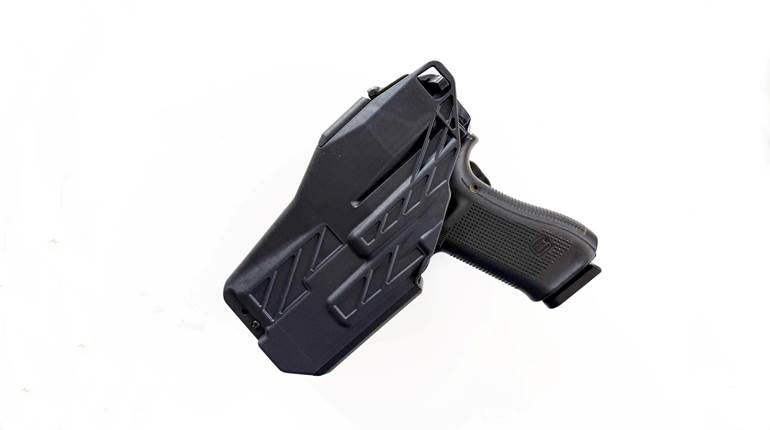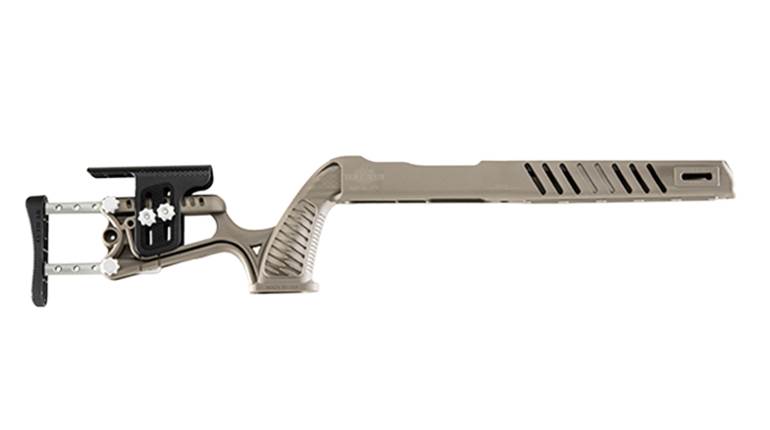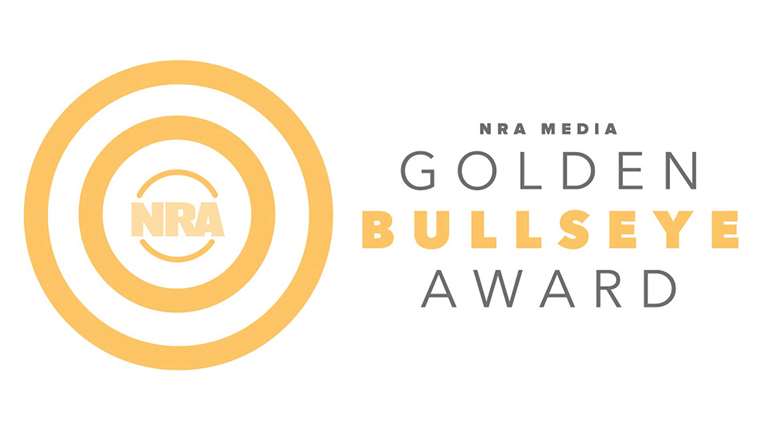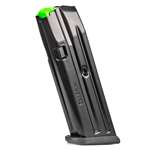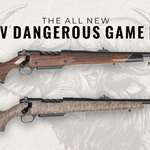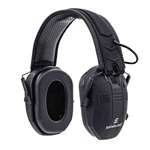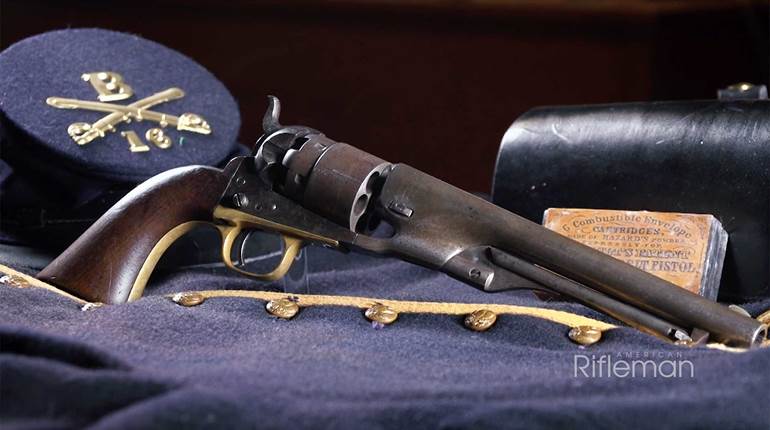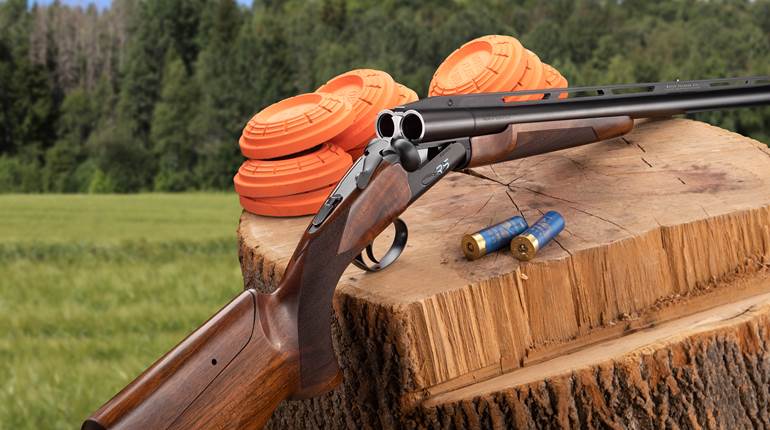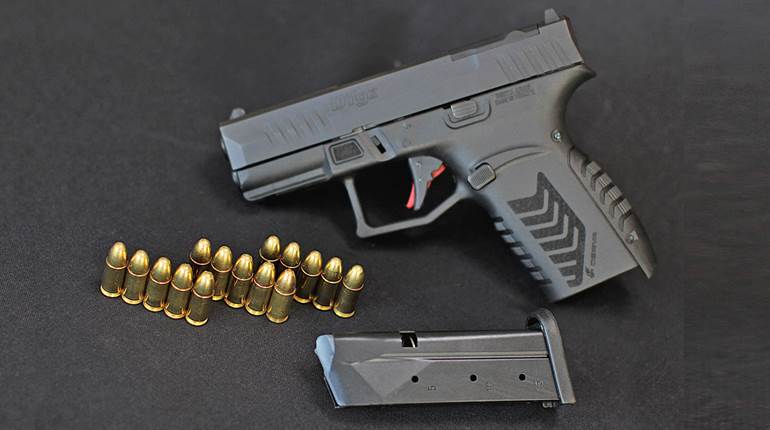
On Oct. 20, 2010, CNBC aired a much-promoted broadcast, “Remington Under Fire,” in which CNBC’s Scott Cohn “documents” unintentional discharges with the Remington Model 700’s “Walker” trigger after “a 10-month investigation.” Much of the show was built around the heartbreaking story of the Barber family of Montana. The death of 9-year-old Gus Barber, shot by his mother as she was unloading her rifle, is the most horrible tragedy a parent and a shooter could ever, ever experience. Mere words cannot describe the loss of such a promising boy.
The CNBC piece was compelling, but told only one side of the story. Essentially it put forward an hour of plaintiff’s evidence from a forthcoming class-action lawsuit. And lawyers who have filed suit or are preparing to sue Remington Arms took leading roles in the show.
Since its introduction in 1962, more than 5 million Remington Model 700s have been sold, and that doesn’t include the earlier Model 721 and 722 or other variants that employ the same trigger design. Made in hundreds of variations, the Model 700 has become extremely popular among hunters, competitive shooters, and military and police organizations. Literally billions of rounds have been fired through Model 700s.
“Investigative journalism” programs of this sort have become rather formulaic. A symbiotic relationship between producers and trial lawyers seeking to profit from an “exposé” based solely on the plaintiff’s side of the story has become the norm. As legal system watchdog Walter K. Olson details in his 2003 book, “The Rule of Lawyers,” this type of programming often plays a key role in mass litigation, both by recruiting plaintiffs and by attacking the defendant’s reputation.
In the quest for ratings, news organizations have taken shortcuts and abandoned the tenets that every freshman in journalism school should know. Such programming contributes to the current widespread distrust of the national media, and though some shows fairly identify real problems, the offerings frequently amount to little more than tort-lawyer-induced smear jobs. Where “Remington Under Fire” falls on that spectrum remains to be seen.
Remington chose not to go before the cameras, as the company contended it could not get a fair shake. The company decided to supply only a written statement to CNBC, which can be viewed at www.remington700.tv,and it reportedly supplied the network with “a great deal of factual information and background materials, including the Model 700’s decades long record of safety and reliability.”
Given the track record of parent company NBC News’ coverage of firearms and product liability cases, Remington’s decision not to participate came as no surprise. This is the same news organization once run by Michael Gartner, who stated: “There is no reason for anyone in this country, anyone except a police officer or a military person, to buy, to own, to have, to use a handgun. … I now think the only way to control handgun use in this country is to prohibit the guns.” Gartner, you might recall, lost his job as president of NBC News when “Dateline” rigged Chevy trucks to explode for the camera. The producers couldn’t get the visual result they wanted—a fiery conflagration, despite numerous attempts—so they rigged and ignited model rocket engines under the sidesaddle fuel tanks before the on-screen impact. It made for riveting, if dishonest, television. The Los Angeles Times’ Howard Rosenberg called “Dateline’s” Chevy truck report “an unprecedented disaster in the annals of network news and perhaps the biggest TV scam since the Quiz Scandals.”
On the gun issue, NBC News repeatedly and unrepentantly aired footage of fully automatic “machine guns” firing while discussing semi-automatic rifles in the months before the enactment of Bill Clinton’s gun ban, playing into a plan put forth by the Violence Policy Center’s Josh Sugarmann to deceive the American public about the difference between semi-automatic rifles and fully automatic firearms. In one instance, NRA Executive Vice President Wayne LaPierre had just spent hours at a range with an NBC News reporter, yet the network still aired “machine gun” footage mere hours later during its evening newscast.
Basic questions that should leap out at a trained journalist with even a modicum of firearm knowledge were left unanswered by CNBC’s Cohn. What was the vintage of the guns involved? Did Remington or impartial, knowledgeable third parties ever examine the rifles shown on video? Had they been modified in any way since leaving the factory?
Sear engagement is a serious thing in any rifle, and those not properly trained should not undertake a “trigger job.” I have firsthand experience with just one Model 700 trigger that malfunctioned as described on the show, and its connector was filed down so that less than a quarter of its original contact surface actually engaged the front face of the sear. Forcefully closing the bolt would allow the sear to move out of engagement, thus allowing the firing pin to travel forward. Of the dozens of Model 700s I have fired in the course of a 20-year career of testing guns for a living, never has such a discharge occurred from an unmodified rifle.
Remington has fired back with its website—Remington700.tv—designed specifically to address accusations leveled in the CNBC report. The site includes interviews with prominent hunters and shooters who have had no issues with the Model 700 and stand behind the safety of the rifle. Notable commentators include legendary Marine snipers Chuck Mawhinney and Edward J. Land, and noted competitor, professional hunter and outdoor writer Ross Seyfried.
As a matter of fact, of all the bolt-action rifles available, the U.S. military has consistently chosen the Model 700. The U.S. Marine Corps has used a variant of the Model 700 as its primary sniper rifle for decades, starting with the 700-based Model 40 adopted in 1966, continuing through the M40A3 produced today. Remington also builds the Model 24 Sniper Weapon System (SWS) first adopted by the U.S. Army in 1987, and it awarded a contract for up to an additional 3,600 M24E1 rifles earlier this year. According to Remington, both the M40 and M24 specifications call for the “Walker” trigger.
Despite the fact that firearm accidents are at an all-time low, one of the longtime goals of the anti-gun movement is to place guns under the control of the Consumer Product Safety Commission (CPSC), and the CNBC report plays into that agenda. It repeated the gun ban lobby’s longstanding complaint that the CPSC doesn’t have the power to order recalls of firearms and ammunition. Congress’ wisdom in refusing to give CPSC that power was proven in the 1990s, when a CPSC staffer told the Clinton White House that the agency “would love to get into the gun regulation business” and anti-gun Sen. Howard Metzenbaum (D-Ohio) introduced legislation to remove the restriction. That kind of power would give faceless bureaucrats the opportunity to short-circuit the Second Amendment. CNBC also bemoaned, “The Bureau of Alcohol, Tobacco and Firearms licenses gun manufacturers, but the agency has no authority to recall defective firearms,” which, again, would give federal bureaucrats the power to ban guns regardless if they are—or are not—actually defective.
What does CNBC hope to get out of airing such a report? In a word, viewers, something it is woefully short of when compared to other cable networks. Ratings are how television networks charge their advertisers, thus make a profit, and CNBC usually runs dead last in the ratings in its category. With all the hype around “Remington Under Fire,” CNBC pulled 345,000 viewers the first night the show aired on Oct. 20, as compared to a mere 133,000 for the same time slot the week before. According to www.tvbythenumbers.com, Fox News Channel routinely delivers more than 2 million viewers in the same time slot.
Journalism should be about getting to the heart of the story and reporting the truth. But so long as trial lawyers stand to profit and a desperate broadcaster looks to boost sagging ratings, the cycle of inflammatory reporting will likely continue, and the only place the “truth” will be exposed is in the courtroom.












